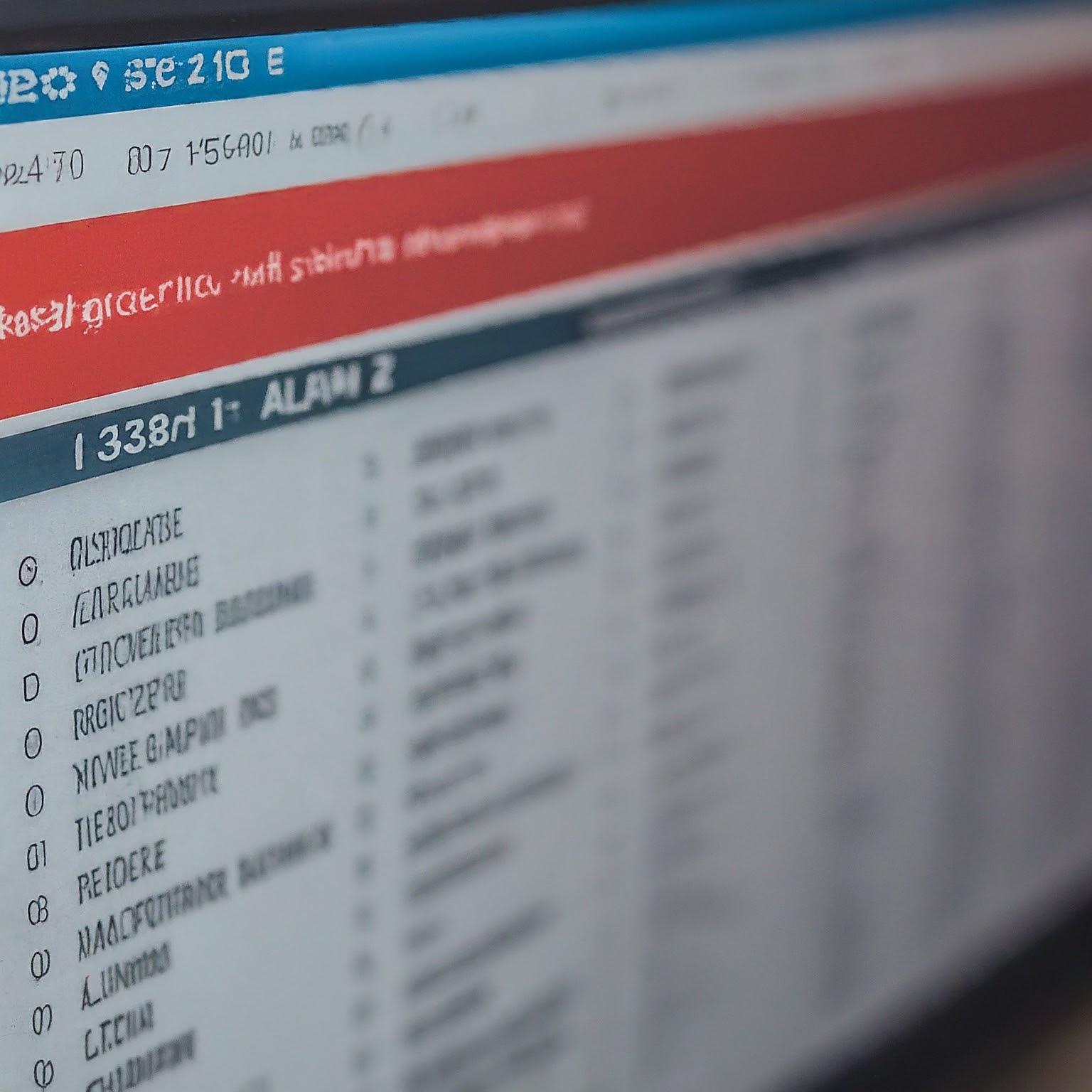Ever wondered how a website knows you’re in Canada and delivers content accordingly? Or how a package gets routed across continents with just a cryptic two-letter code on the label? The answer lies in a remarkable international standard: ISO 3166-1 alpha-2.

Developed by the International Organization for Standardization (ISO), ISO 3166-1 alpha-2 assigns unique two-letter codes to every country, dependent territory, and special area of geographical interest. These codes are the most widely used of the three defined in ISO 3166-1, the others being three-letter alpha-3 codes and numeric codes.
So, why are these short codes so important? Their applications are vast. Here are a few key examples:
-
Internet Country Code Top-Level Domains (ccTLDs):
- The familiar suffixes like “.us” for the United States or “.fr” for France? Those are all based on ISO 3166-1 alpha-2 codes, making it easier to identify websites with a geographical connection.
-
International Trade and Logistics:
- From customs declarations to shipping labels, ISO 3166-1 alpha-2 codes streamline international trade by providing a universally recognized way to denote the origin and destination of goods.
-
Data Analysis and Statistics:
- Researchers and analysts leverage these codes to categorize data by country, enabling them to track trends, compare statistics, and conduct in-depth studies on a global scale.
While seemingly simple, the creation and maintenance of ISO 3166-1 alpha-2 codes involve a meticulous process. The ISO assigns codes considering historical continuity, political neutrality, and ease of memorization and pronunciation. The organization also maintains a registry, ensuring no code conflicts arise.
Understanding ISO 3166-1 alpha-2 codes goes beyond recognizing a country by a two-letter abbreviation. It’s about appreciating the invisible infrastructure that underpins our interconnected world, facilitating communication, trade, and data exchange across borders.